Marcus’ guide to biodiversity at a wastewater treatment works!
20th May 2022

What comes to mind when you think of wastewater treatment works? Flowers, ducklings and bees? No?
Our Marcus is one of our Catchment Operators based in Crediton, and he’s got an amazing ability to see life and beauty wherever he looks on site. “It’s amazing what you can see if you just stop and really look for a while,” he says.
Here are just a few of his finds!
It all starts with the right environment! Marcus has been experimenting with different management techniques for cutting grass. “If you can remove the grass cuttings after you’ve mown, you give more chance to wildflowers and grasses to flourish – these are what attract the insects and small animals.”
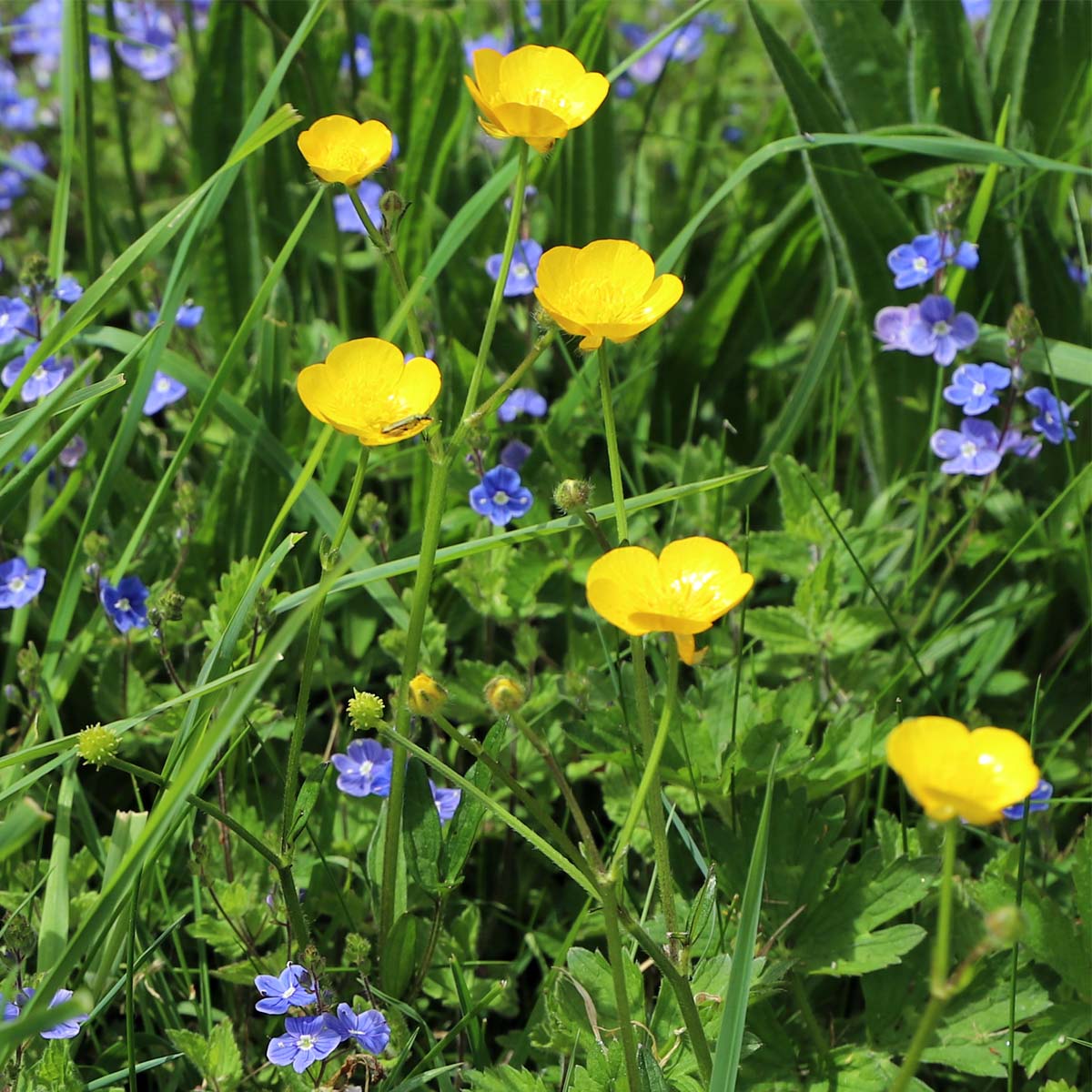 |
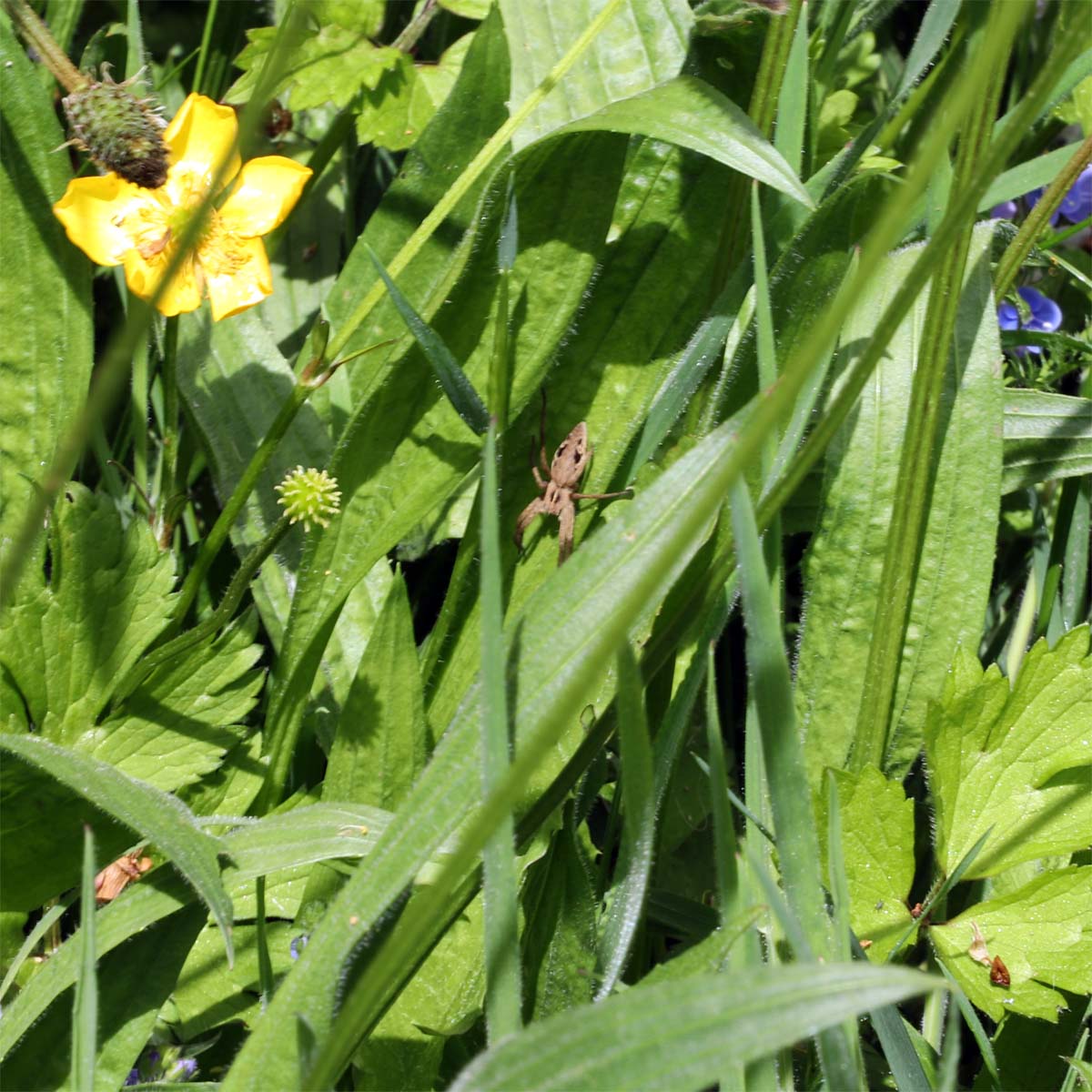 |
| In just a few short years, Marcus has transformed the areas he’s managed from unwieldy, thick grass to little oases of colour! | This wolf spider is certainly enjoying playing hide-and-seek! |
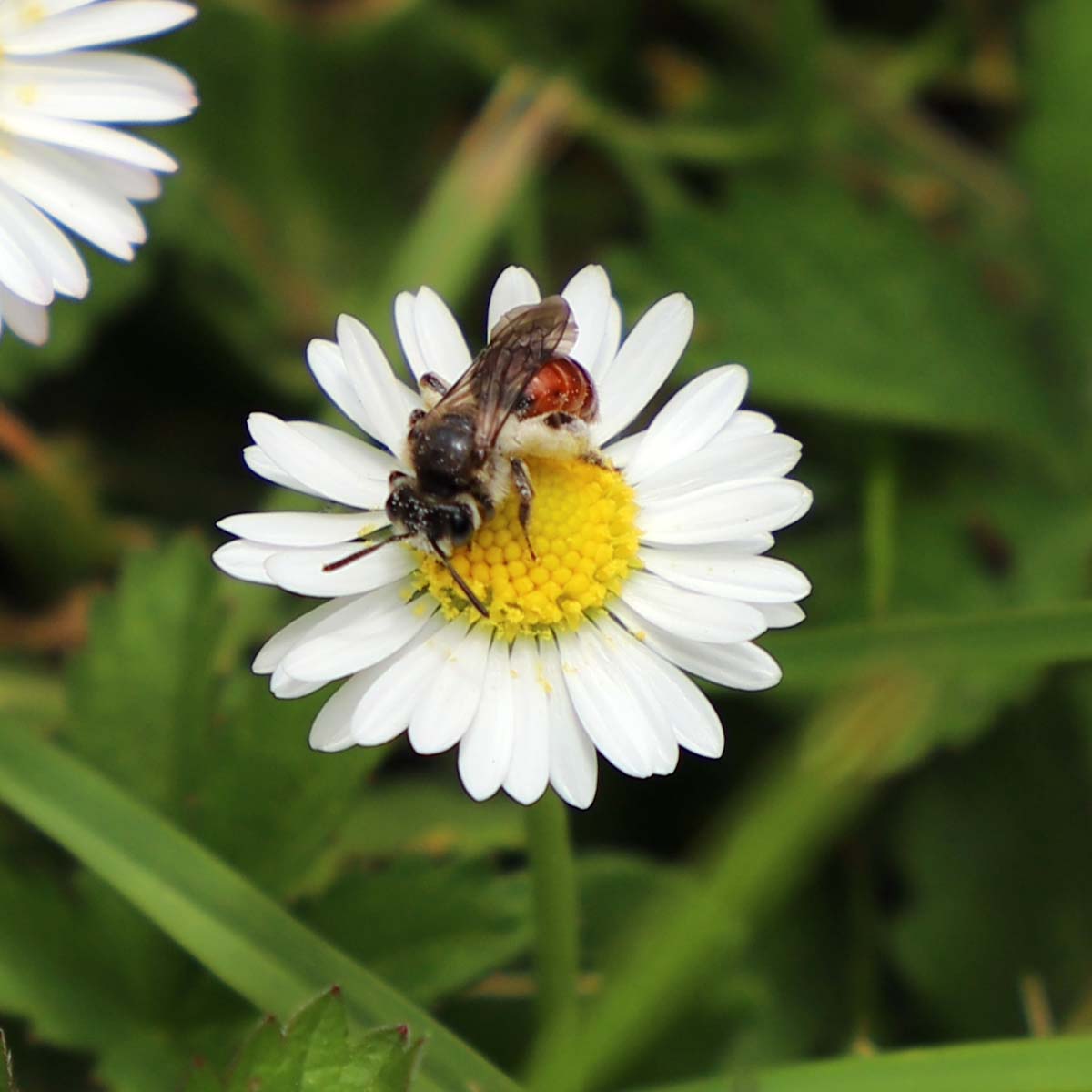 |
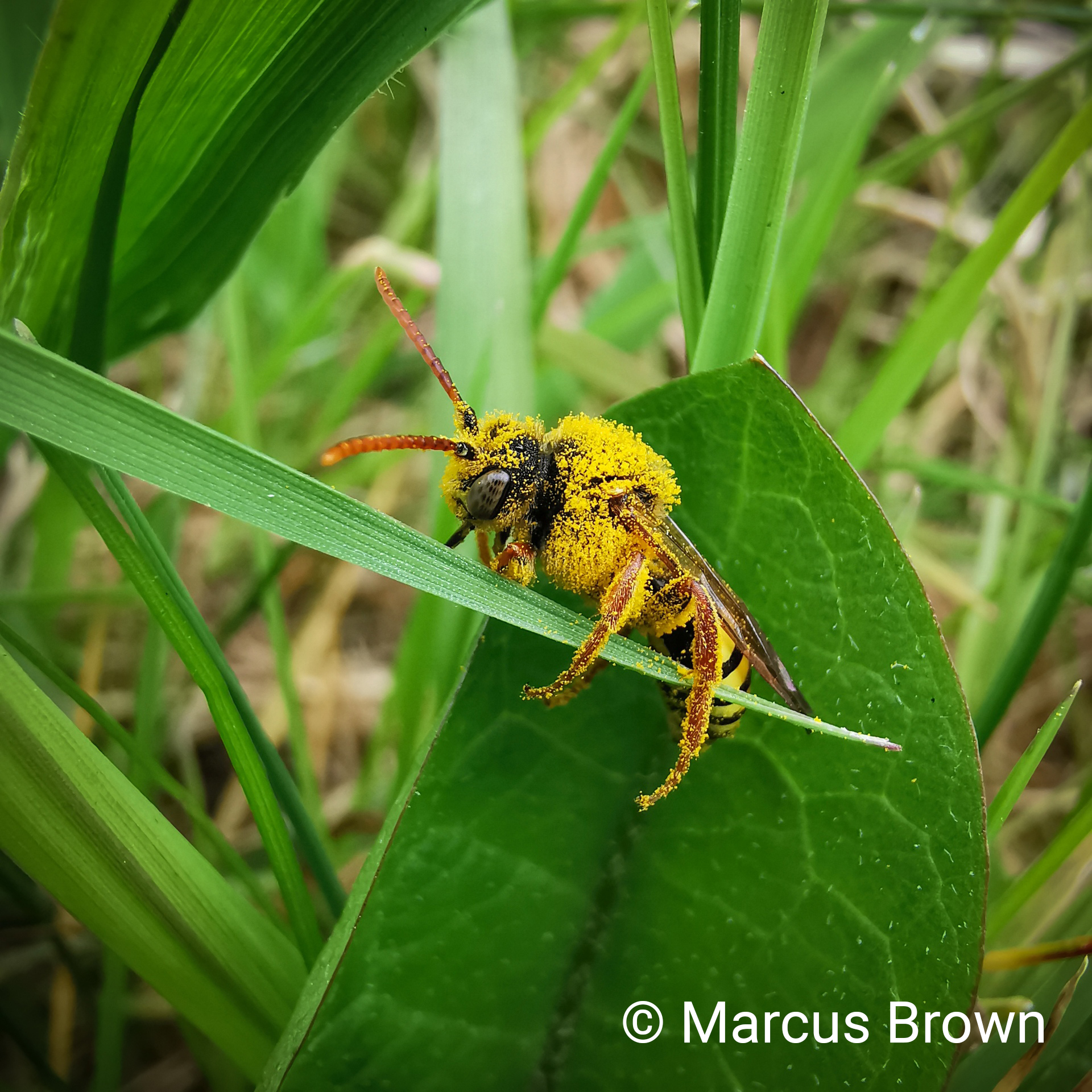 |
| Bees like blue and purple flowers the best, like speedwell and ground ivy. This solitary bee is enjoying an oxeye daisy. | This nomad bee has perhaps had a bit too much… |
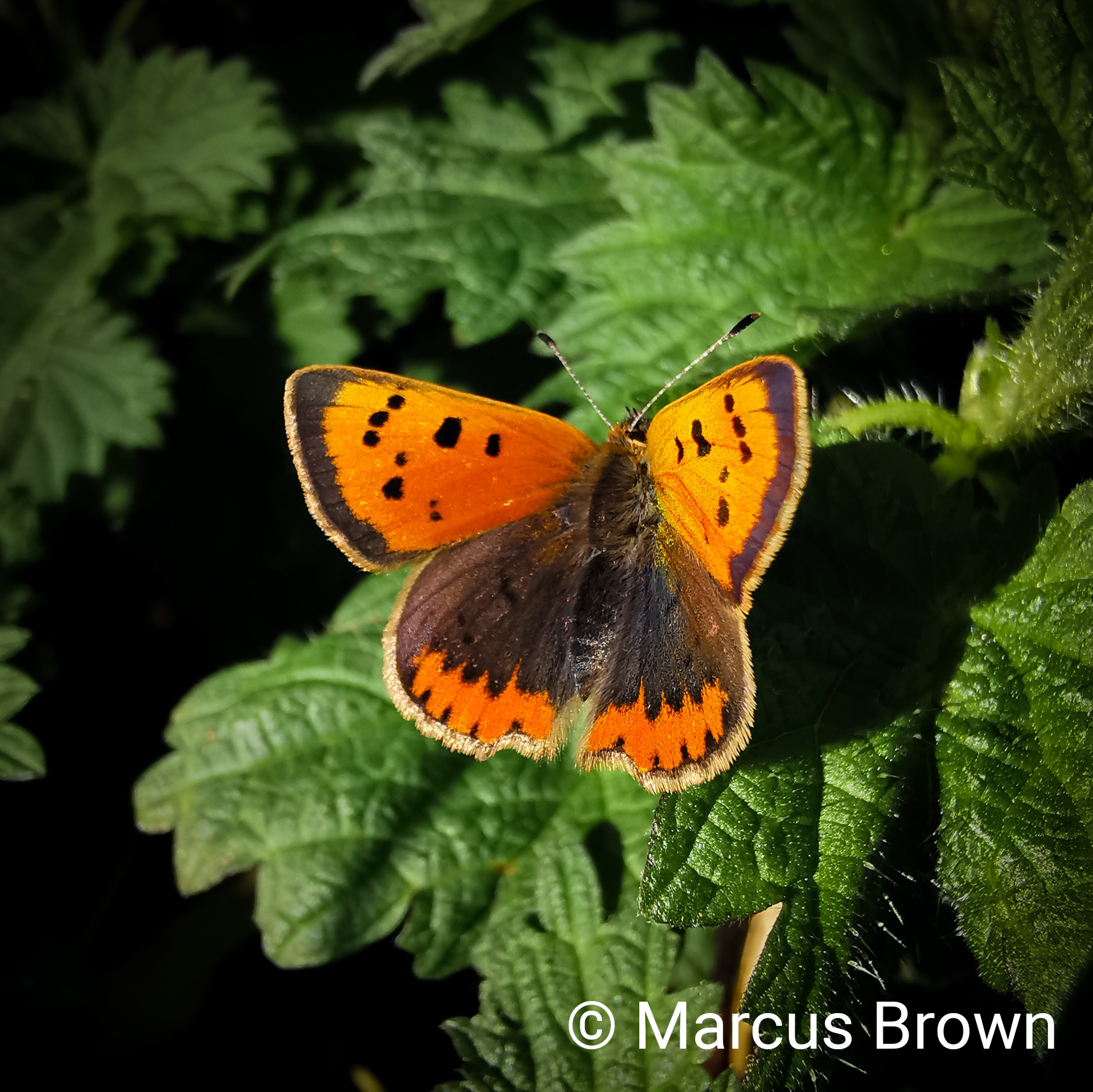 |
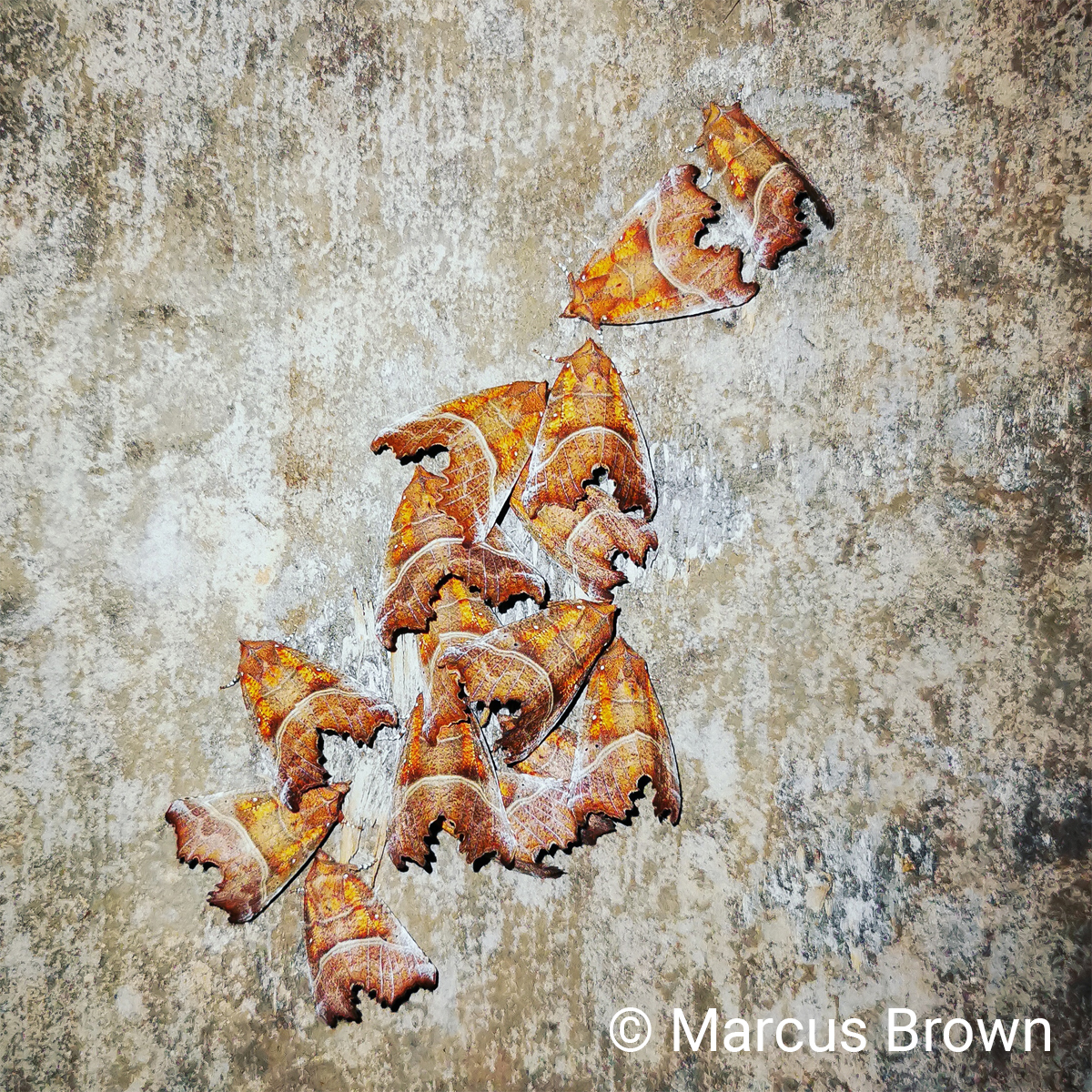 |
| There are a lot of other winged insects when you start looking! Like this beautiful small copper butterfly. | And moths too! Check out these hibernating herald moths. We love their colours! |
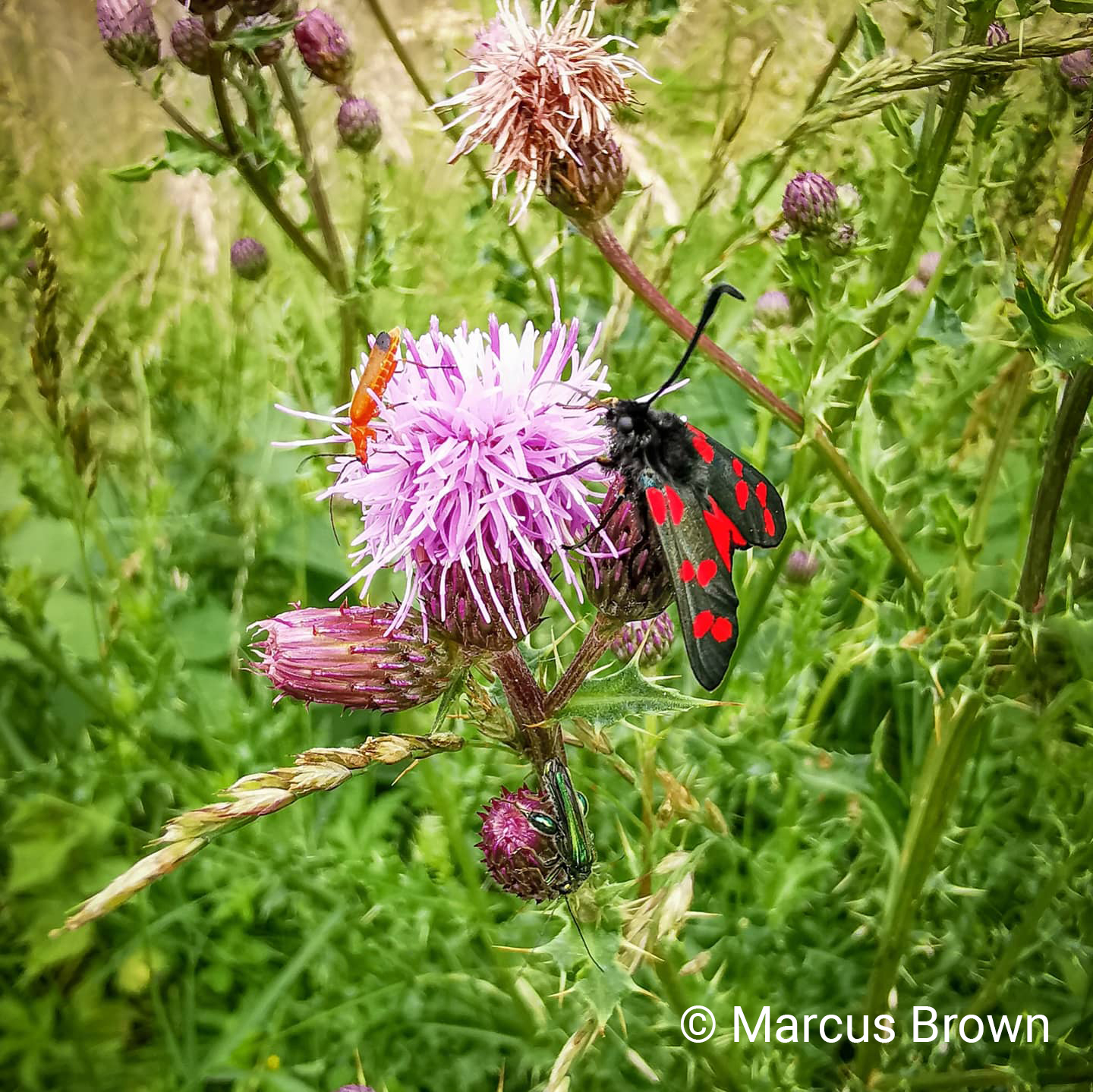 |
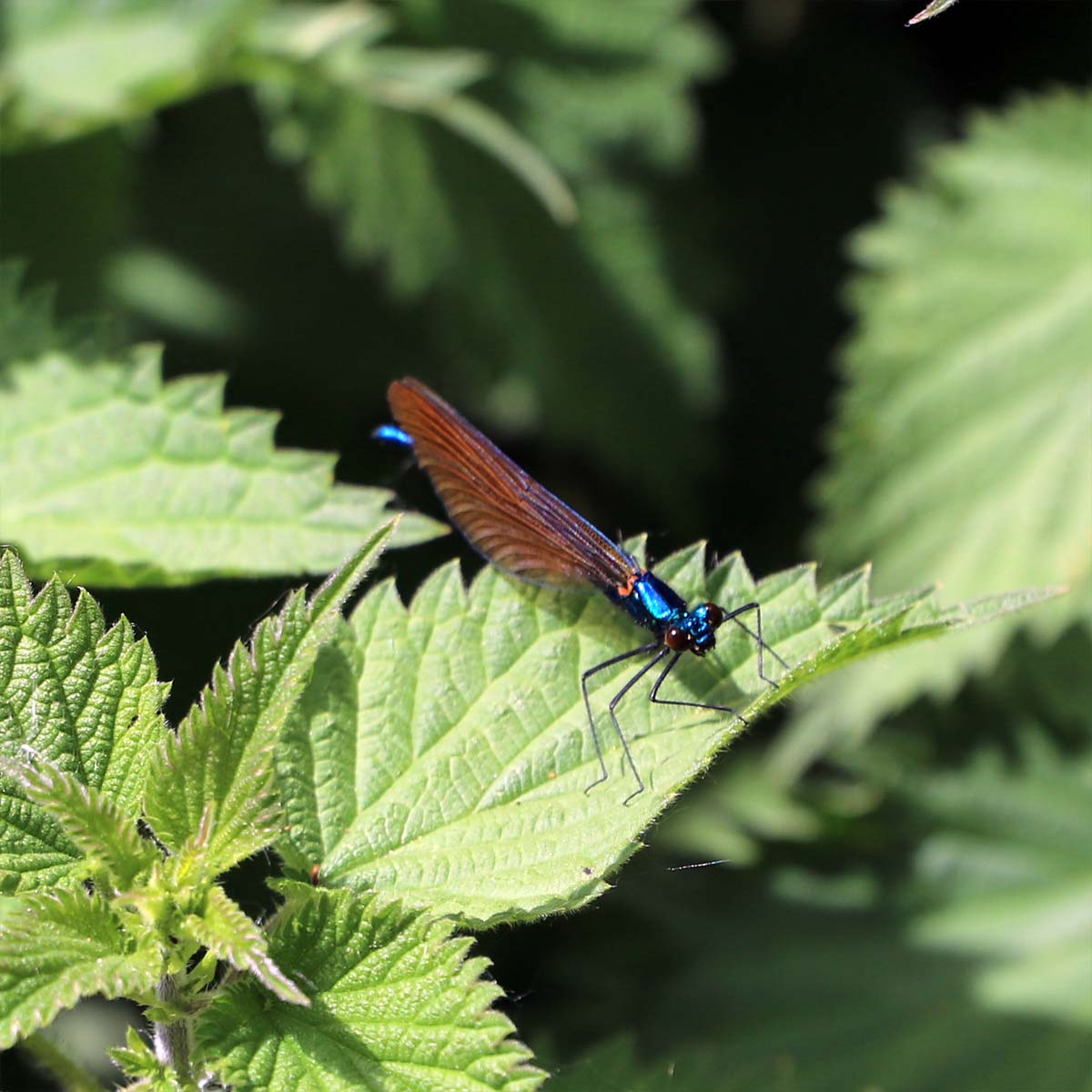 |
| And can you see who else is hanging out with this six-spotted moth? That orangey fella is a red soldier beetle. And the one that’s camouflaged very well beneath them is a thick-legged flower beetle – we love his emerald sheen. | Talking of sheens – check out the shine on this blue damselfly! He’s such a poser! |
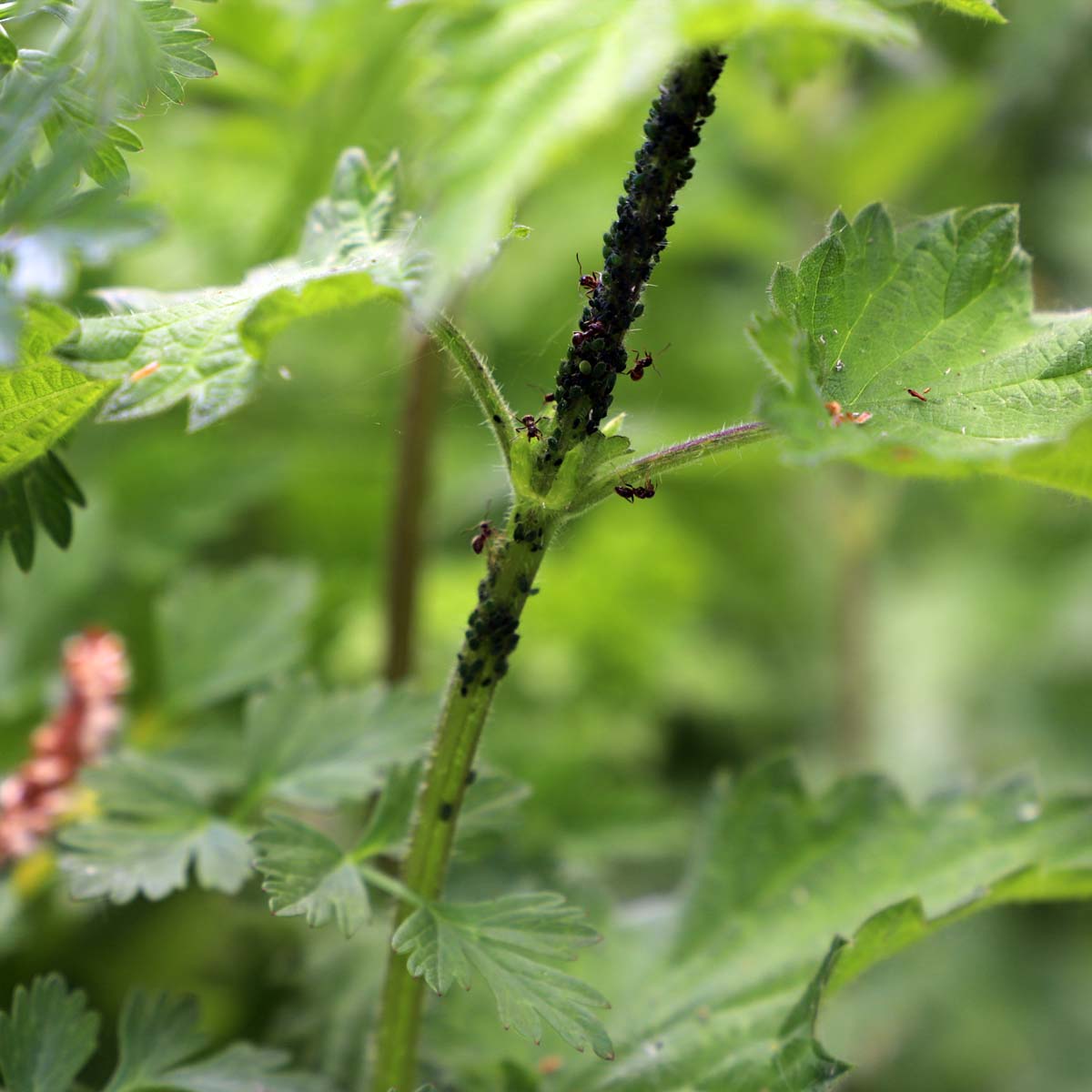 |
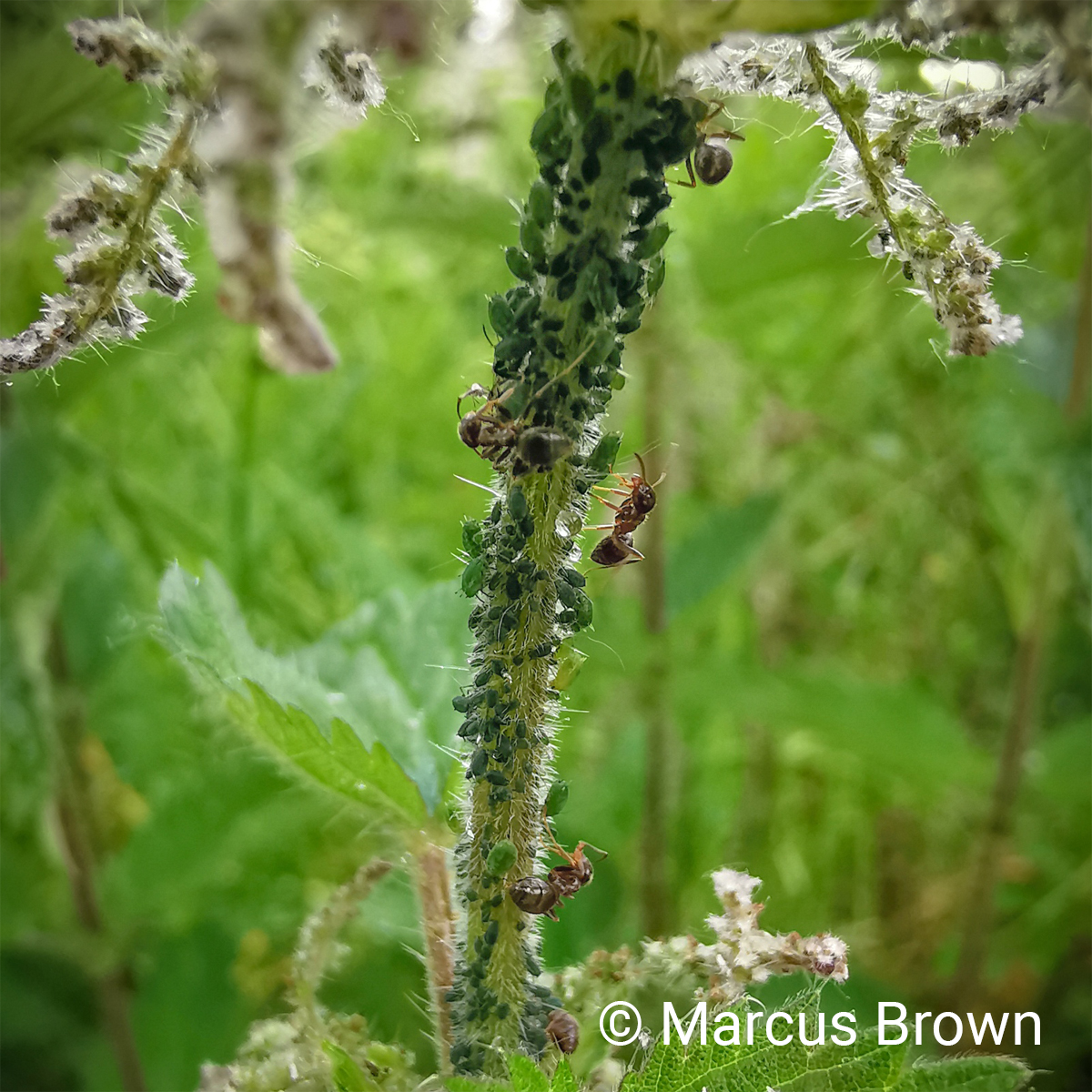 |
| Did you note the plant that the damselfly is perched on? Nettles are incredibly important to many insects. From egg-laying butterflies to farming ants! Yes, that’s right – ants farm aphids like we do cows – harvesting them for the honeydew they produce. Clever, eh? | |
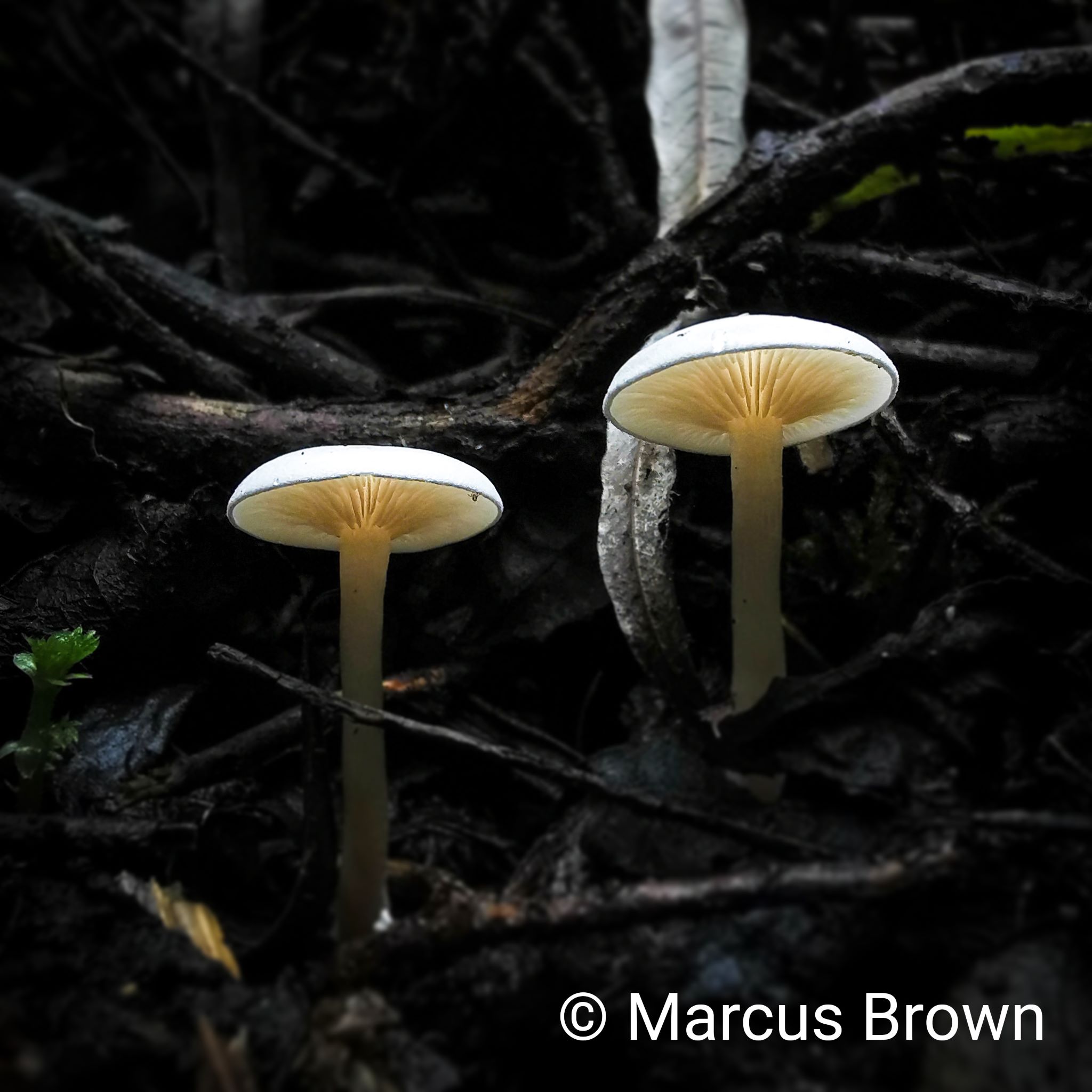 |
 |
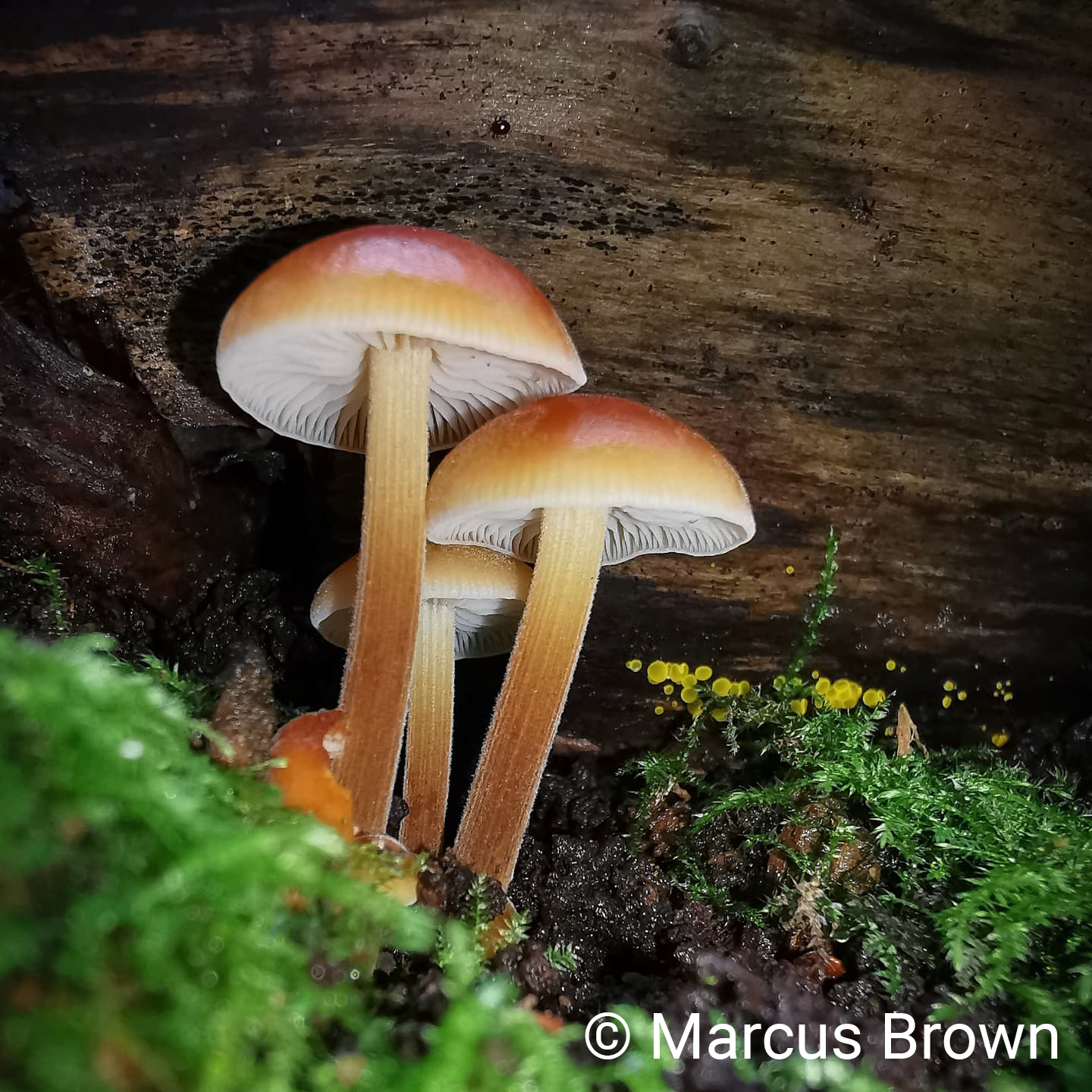 |
| Now let’s look a little closer. The colours around here don’t just come from animals and insects! Check out these photos that Marcus took of some fungi he found. We think they’re magical. | ||
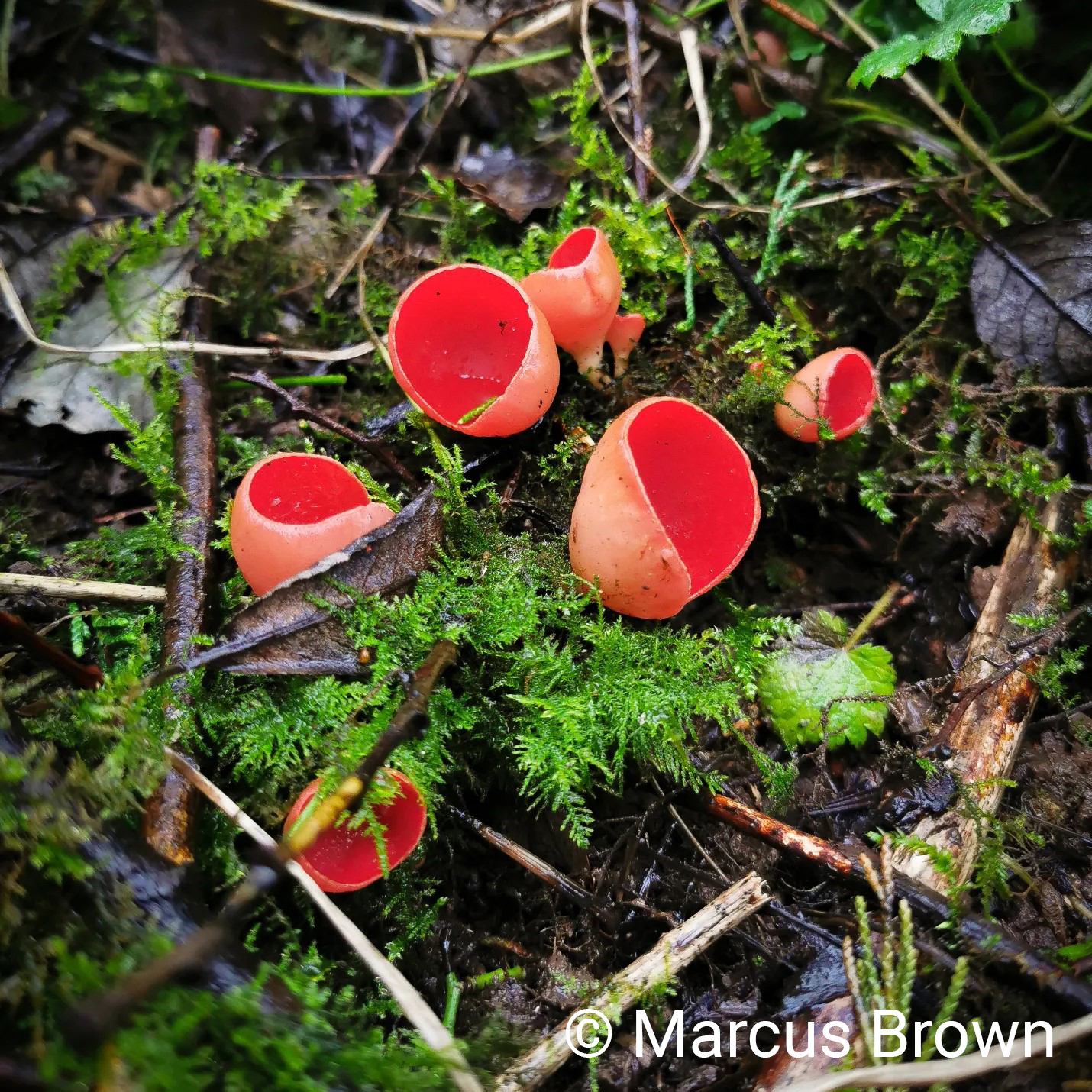 |
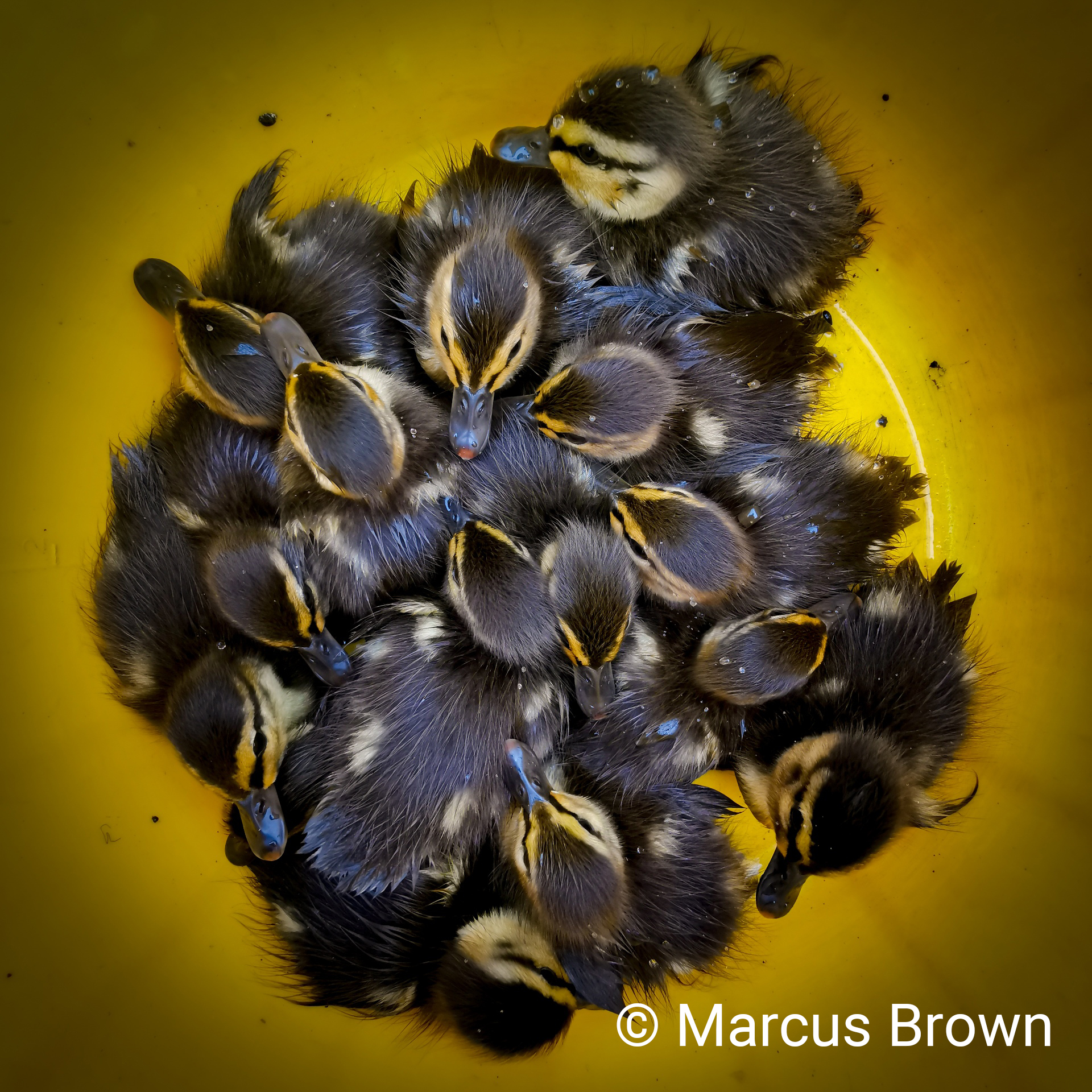 |
| This fungus is a curious one - the scarlet elf cap fungus - when it spores it puffs out what looks like blue smoke! In fact, it’s a collection of tiny spores that will go on to grow new fungi. | Oh, whoops! These ducklings must have got distracted spotting all these exciting things. Marcus had to rescue them from one of our tanks! |
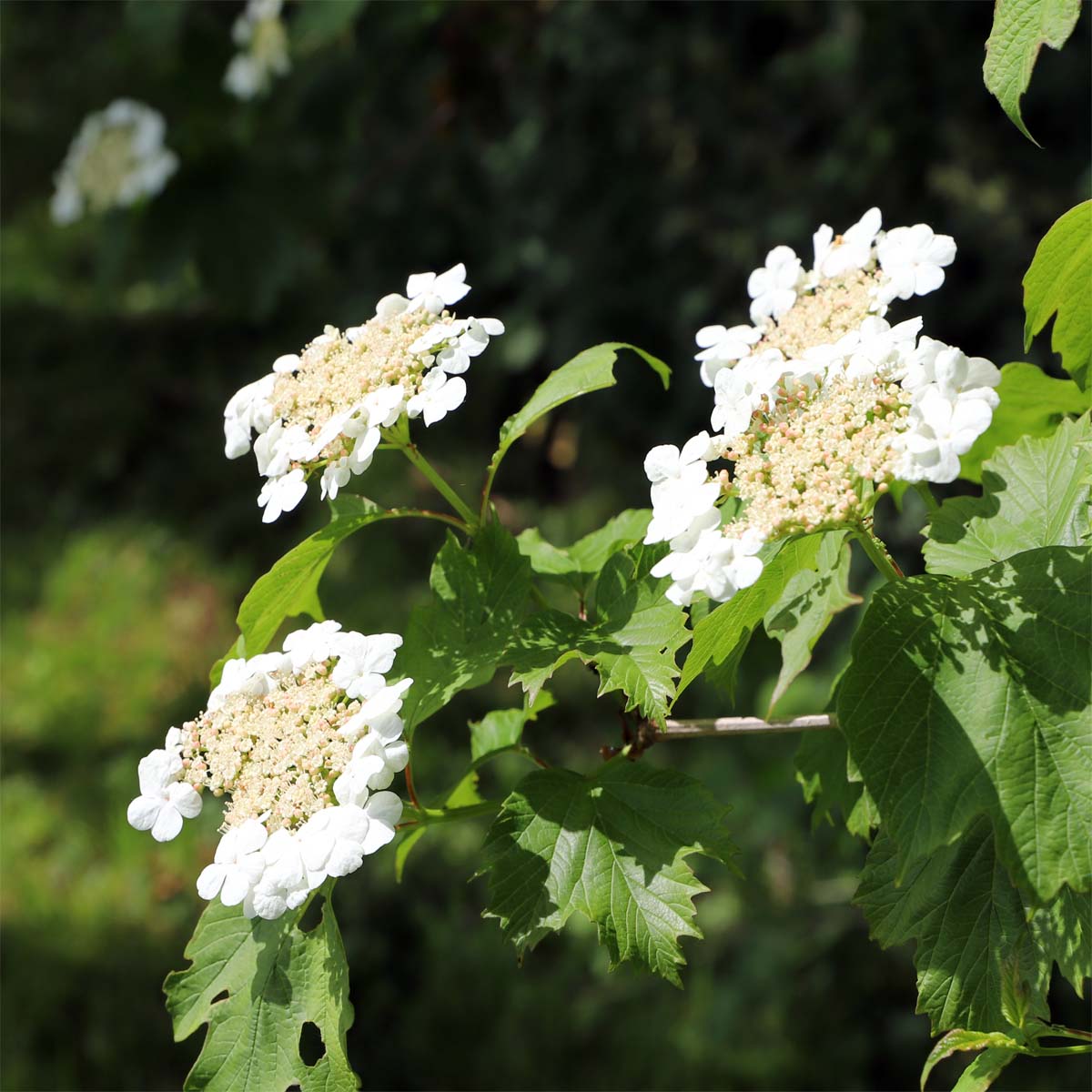 |
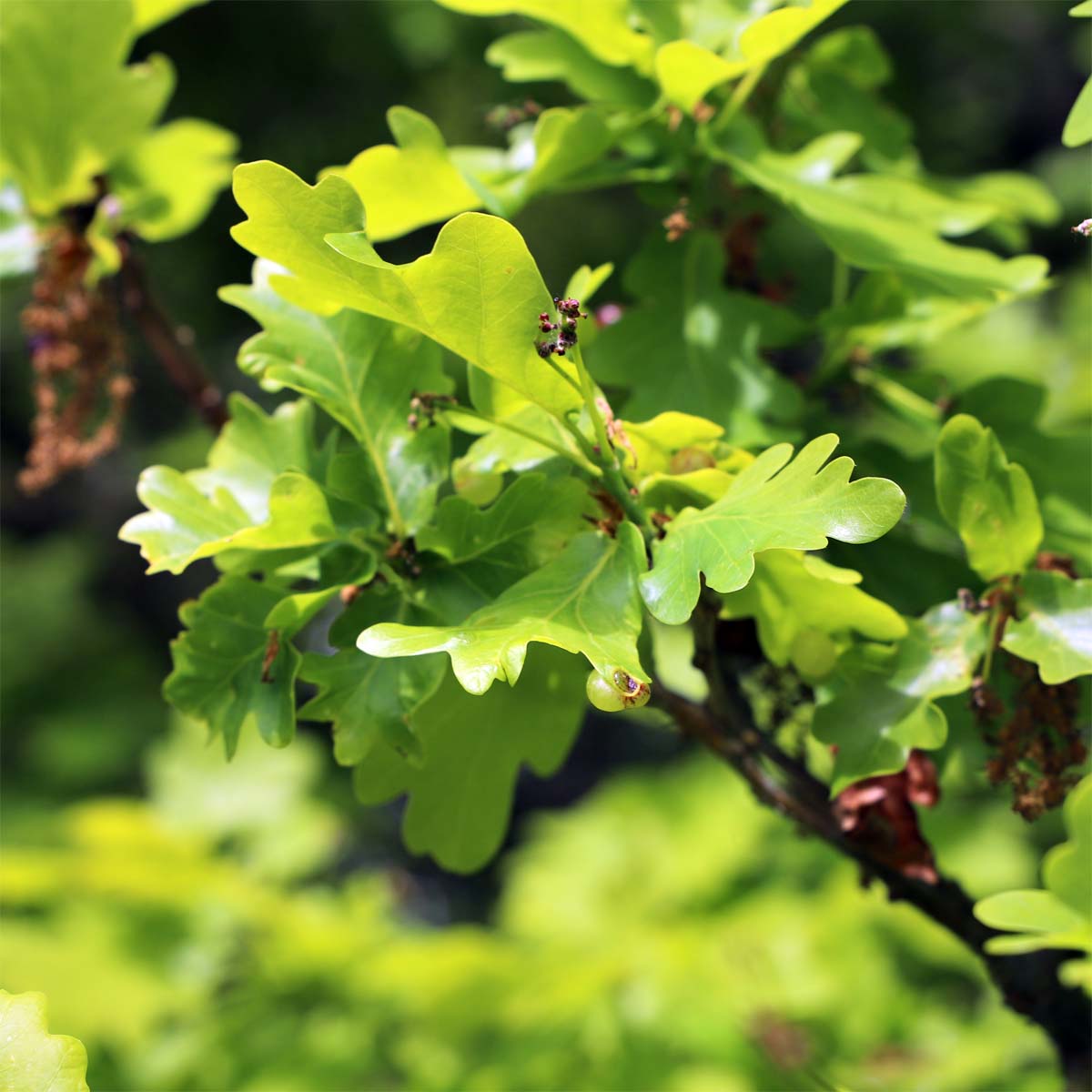 |
| Better keep our eyes open too! Looking up we can see these beautiful white flowers bobbing in the breeze – a lovely guelder rose. It might not be so lovely in a few months’ time though, when its berries come out. Marcus tells us they smell like cheesy feet! Apparently, pigeons love them though. We’ll pass, thanks! | Wait, what’s happened to this oak tree? It has strange blobs on its leaves! Marcus tells us it’s a defence reaction from the tree in response to a parasitic wasp laying an egg. Unfortunately, this reaction protects the egg and the larvae hatches unharmed. But don’t worry, the tree is still thriving regardless of these pests! |
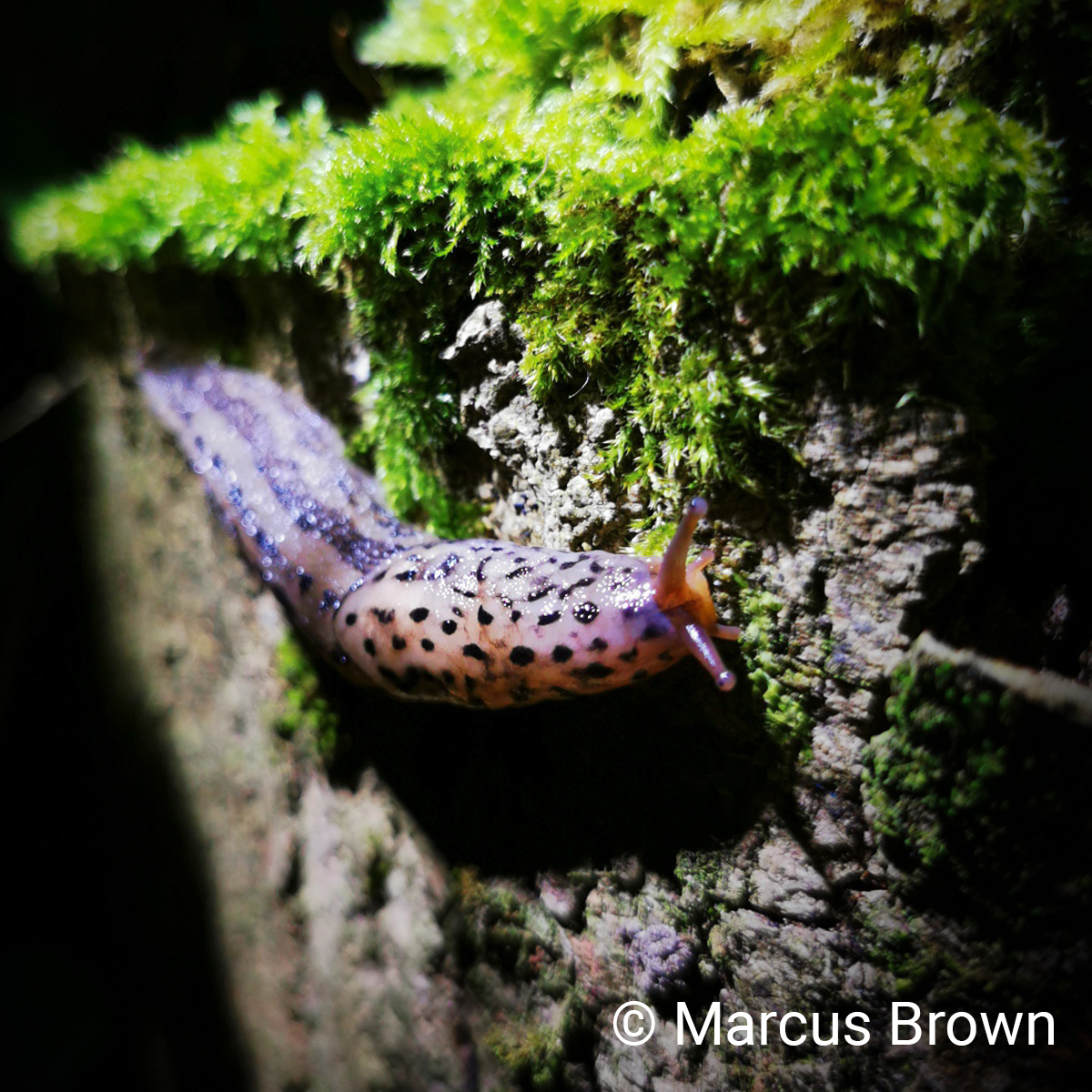 |
| Marcus has also seen rabbits, foxes (and their cubs), and plenty of birds! This leopard slug better watch out! |
Who knew there was so much life at the wastewater treatment site, and all down to the incredible hard work, determination and passion Marcus has for the environment. With his careful management of the site, he’s made a home for everything alongside keeping the site operational in its primary purpose of treating your wastewater.
“It takes a lot of effort, but it’s worth it. The two work together. For example, the processes that happen here attract flies, flies then attract the birds, and different environments onsite provide safe habitats.”
For further information please contact:
We hope you enjoyed this guide to biodiversity from Crediton wastewater treatment works! What flora and fauna can you find in your local area?
